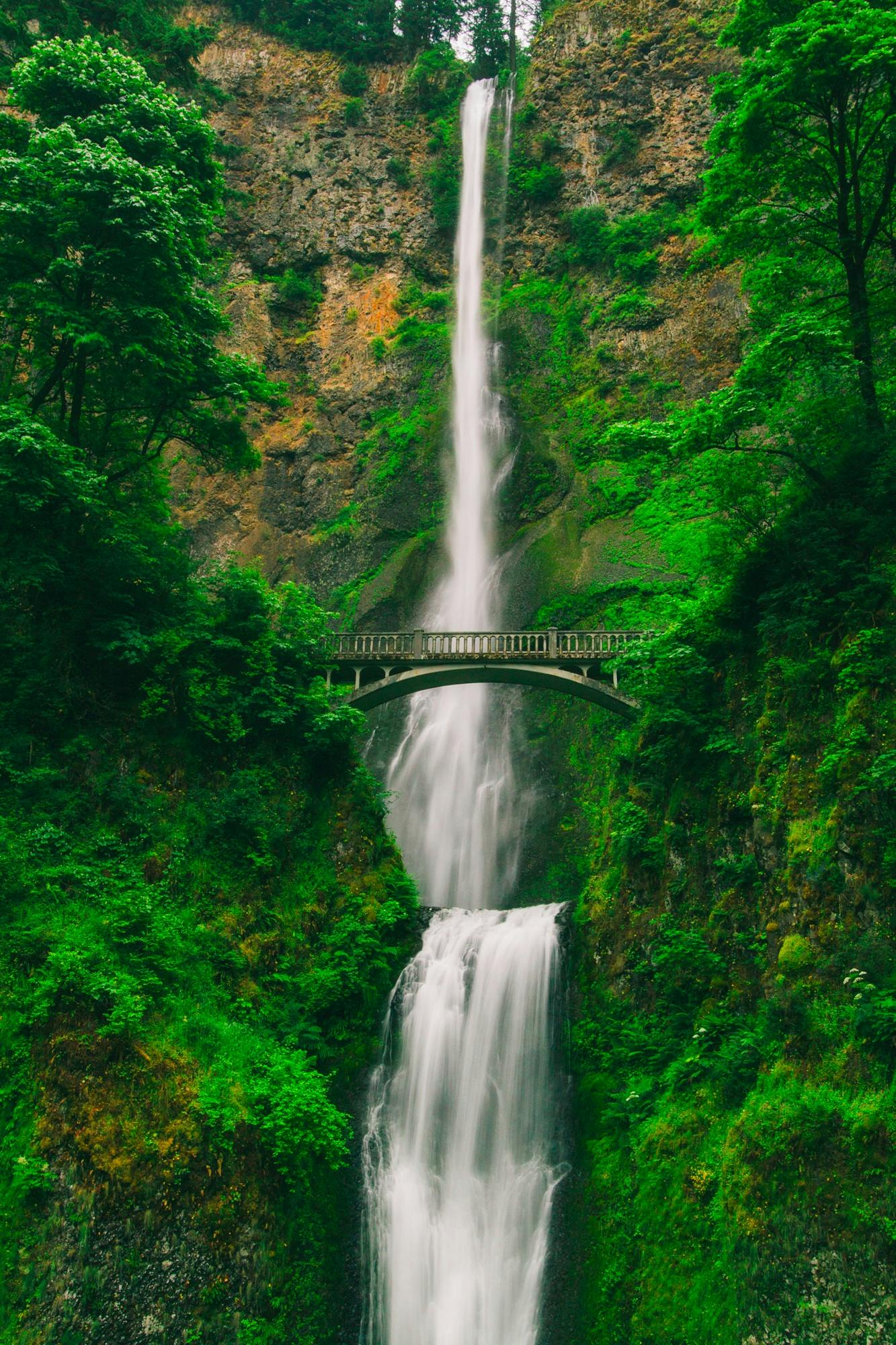Case Journeys
Exploring intriguing stories and insights from around the world.
Nature's Hidden Canvas: Capturing Landscapes That Speak
Discover the breathtaking art of nature through landscapes that tell their own stories. Unveil the hidden beauty waiting to be captured!
Exploring the Art of Landscape Photography: Tips for Capturing Nature's Canvas
Landscape photography is a captivating art form that allows photographers to showcase the beauty of the natural world. To excel in this genre, it’s essential to embrace both technical skills and a deep appreciation for your surroundings. Begin by selecting the right location and time of day; the golden hours just after sunrise and before sunset provide a magical light that enhances the colors and textures of the landscape. Consider using a tripod to stabilize your camera and experiment with different angles and compositions. A strong foreground element can add depth to your photographs, while leading lines can guide the viewer's eye through the scene.
When it comes to the technical aspects of landscape photography, understanding the exposure triangle is crucial. A well-balanced approach to aperture, shutter speed, and ISO settings will help you capture sharp, vibrant images. Additionally, utilizing filters such as polarizers can reduce glare and enhance the saturation of your colors. Don’t forget to take advantage of post-processing tools; editing software can elevate your images, allowing you to adjust contrast, brightness, and color balance for the final touch. Ultimately, the key is to experiment and develop your unique style, transforming each shot into a personal interpretation of nature’s canvas.

What Makes a Landscape Photograph Speak? Key Elements to Consider
When it comes to landscape photography, several key elements contribute to making an image truly captivating and able to resonate with its viewers. Firstly, composition plays a pivotal role; the arrangement of elements within the frame can guide the viewer's eye and create a sense of depth. Techniques such as the Rule of Thirds, leading lines, and framing can enhance the overall impact of the photograph. Lighting is another critical factor, as it can transform a scene from mundane to extraordinary. The soft glow of golden hour or the dramatic contrast of stormy skies can evoke mood and emotion, making the image speak a language of its own.
In addition to composition and lighting, color also serves as a powerful tool in landscape photography. The use of vibrant colors can draw attention and create energy, while muted tones may convey tranquility or melancholy. Furthermore, the inclusion of a foreground element often grounds the composition, providing context and enhancing the sense of scale. Lastly, storytelling is an essential aspect that gives a landscape photograph its voice. By capturing a moment that tells a story or invites contemplation, the viewer is engaged on a deeper level, allowing the photograph to resonate well beyond its visual appeal.
Discovering the Best Locations for Captivating Landscape Shots
When it comes to captivating landscape shots, the location you choose can make a world of difference. From majestic mountains to serene lakes, the diversity of landscapes available is vast. Some prime locations to consider include:
- The Grand Canyon in Arizona, USA - Known for its dramatic cliffs and stunning sunsets.
- Banff National Park in Canada - Home to turquoise lakes and snow-capped peaks.
- The Scottish Highlands - Renowned for its rugged beauty and picturesque castles.
In addition to natural wonders, urban landscapes can also provide striking photographs. Cities like Tokyo and Paris offer endless opportunities to capture the interplay of architecture and nature. Consider visiting during golden hour when the light enhances the beauty of your surroundings. Whether you’re exploring hidden gems or popular destinations, always be prepared to find beauty in the unexpected. Remember, the best landscape shots often come from a unique perspective, so don’t hesitate to explore off the beaten path!